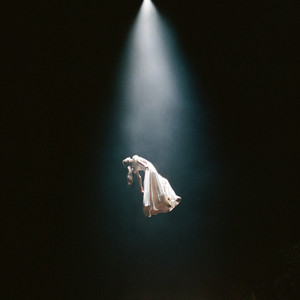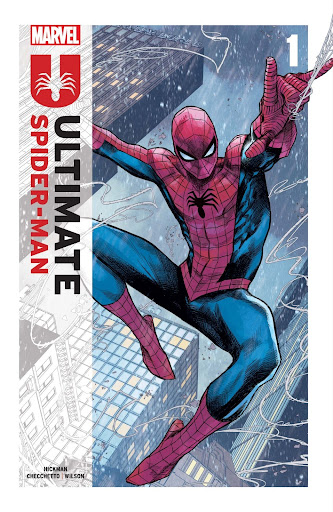Keeping on Point: Bullet Journaling 101
The bullet journal, affectionately nicknamed BuJo, started taking Instagram and Pinterest by storm towards the end of 2016 and the beginning of 2017.
However, bullet journaling has been around for about six years. It was invented by Ryder Carroll to tackle his own learning disability and has since morphed into a way for others to organize their thoughts and actions.
Bullet journals are a fantastic way to keep organized, but they can also be used as a creative outlet for stress. The bullet journal can be used to replace your traditional planner, or be a place for you to compile random lists; it all depends on how you design your bullet journal.
That’s another benefit of using a bullet journal instead of a traditional planner: you can make it your own.
When setting up a bullet journal, it is common to dedicate the first few pages to an index and a key for commonly used symbols. The rest of the bullet journal’s appearance depends on the person designing it.
It is probably best to keep all of your lists together. I would recommend putting them either in the very first pages after your index and key, or on the last pages of your bullet journal. Some of the most common lists in bullet journals are goals for the year, things to buy, books to read, movies to watch, and much more.
As for the planner part of the bullet journal, there are spreads that cover the entire year down to a single day. I personally have a page for a monthly overview and then, on the following pages, I break the month down into weeks. Once your spreads are done, start adding your appointments, homework assignments, tests, and whatever else you can think of.
Check out these quick tips before you get started:
- When you first start out, keep it simple so you don’t overwhelm yourself.
- Bullet journals can be used for a wide variety of subjects, from tracking your budget to a keeping a list of all the book you want to read. Use your bullet journal for whatever you need to keep yourself organized.
- Don’t be afraid to make mistakes.
- Keep your symbols consistent. For example, if you use an exclamation point to symbolize an important event or assignment, use that symbol throughout your entire bullet journal to avoid confusion.
Look at Pinterest and Instagram for ideas and inspiration– I’ve found that it has helped me decide how I want to set up my bullet journal. Click here and here for ideas.
Ready to start your own bullet journal? All you really need to get started is a bullet journal, a ruler, and some pens, markers, or highlighters. The Leuchtturm1917 and the Moleskine are two of the most commonly used bullet journals.
As for pens, I love the Pilot g2 pens because they come in a lot of different colors and write smoothly, but any pen will work. Many people also enjoy decorating their bullet journals with cute stickers, washi tape, and other decorations.
Once you’ve gathered your supplies, it’s time to start bullet journaling. Happy bullet journaling!












